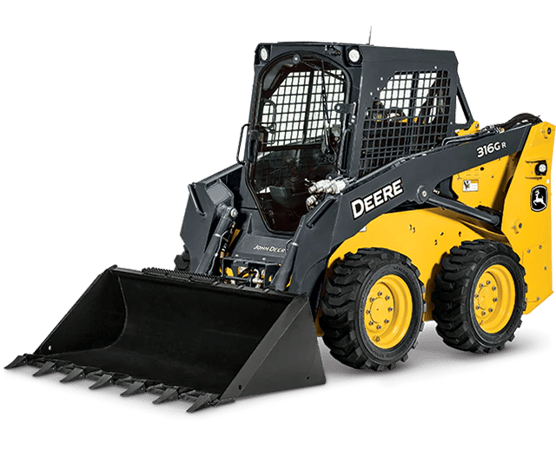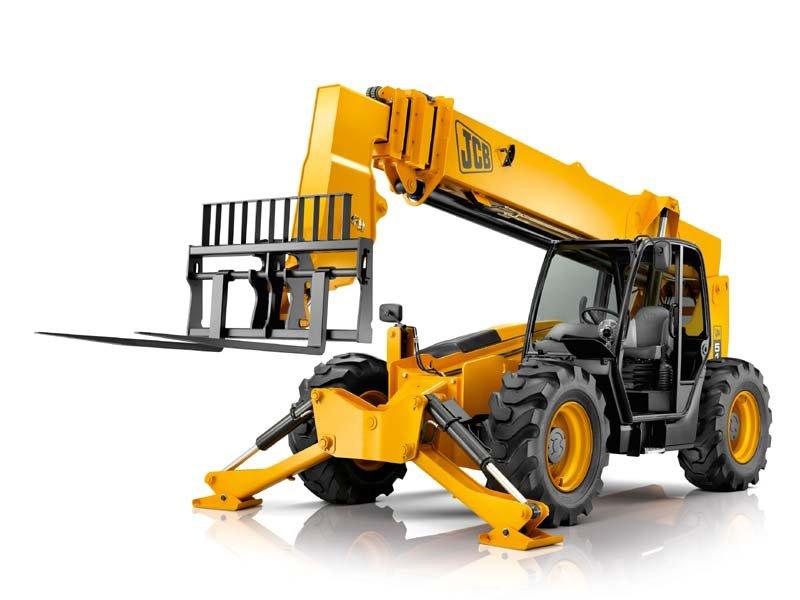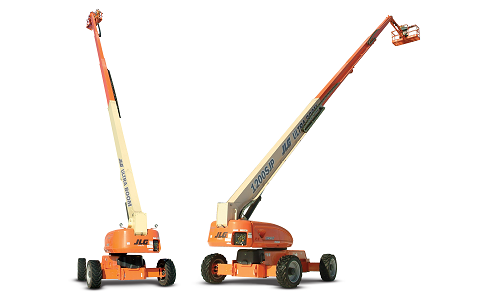Dozer Rental: Powerful Earthmoving Equipment for Your Construction Demands
Dozer Rental: Powerful Earthmoving Equipment for Your Construction Demands
Blog Article
Maximize Your Budget by Recognizing the Expenses Associated With Construction Tools Leasings
Recognizing the full range of prices associated with building devices services is essential for maximizing your spending plan. What strategies can be employed to efficiently take care of these prices and ensure a much more effective rental experience?
Summary of Rental Prices
When thinking about construction tools rentals, recognizing the associated prices is critical for reliable budgeting and project preparation. Rental costs can differ significantly based upon several aspects, consisting of equipment kind, duration of leasing, and area. The initial rental charge often shows the tools's market demand and its linked operational capacities, influencing the general expenditure.
In addition to the base rental rate, secondary costs may develop, such as transport fees, fuel additional charges, and upkeep charges. It is vital to represent these added costs to precisely analyze the total expense of renting out devices. Furthermore, the rental duration can impact rates; longer leasings might qualify for reduced prices, while temporary services could incur higher daily fees.

Breakdown of Rental Rates
A thorough understanding of rental prices is crucial for service providers and task managers aiming to optimize their spending plans. Rental prices for building equipment generally include numerous elements, including base prices, time-based costs, and usage fees.
Base prices are the core costs connected with the rental of the tools, commonly established by the kind and size of the equipment. These rates can differ substantially, influenced by factors such as tools demand, availability, and local market trends. Time-based costs, which may be daily, weekly, or monthly, serve to suit different task timelines and rental durations.
Additionally, rental prices may consist of usage costs, which apply when equipment is made use of beyond a defined threshold, making certain that the rental business can make up deterioration. Seasonal demand changes can also impact rental rates, with peak building periods normally commanding greater rates.
Furthermore, recognizing the rental business's plans regarding upkeep and insurance policy can offer more insight right into the total cost framework. By examining these parts, professionals can make enlightened decisions, making sure the selection of rental devices straightens with both task requirements and budget plan restraints.
Extra Charges to Think About
Recognizing the details of added costs is crucial for professionals to manage their general leasing costs efficiently. Beyond the conventional rental prices, different extra costs can dramatically influence the complete expense of devices leasing. These fees frequently include delivery and pick-up costs, which can differ based upon distance and logistics involved in transferring the equipment to and from the work website.
In addition, some rental firms click now may enforce gas surcharges if the equipment is returned with less gas than when leased. It is likewise vital to understand potential cleansing costs, especially for specialized tools that calls for complete maintenance after use.

Completely reviewing the rental arrangement and clearing up these added charges upfront can aid professionals stay clear of unanticipated expenses and ensure that spending plans stay undamaged throughout the project lifecycle.
Repair And Maintenance Expenses
Normal repair and maintenance expenses are commonly neglected variables that can considerably affect the overall expense of building and construction equipment services. When renting devices, it is critical to consider not just the rental costs but likewise the possible costs connected with maintaining the equipment in optimal operating condition.
Lots of rental companies include fundamental upkeep as component of the rental agreement; however, a lot more unanticipated break downs or substantial repairs can cause directory extra expenditures. It's important to examine the rental agreement meticulously to understand what maintenance services are covered and what responsibilities fall on the tenant.
Moreover, devices that is not well-kept can cause inadequacies at work website, possibly increasing and causing hold-ups task prices. To minimize these threats, it is suggested to perform normal assessments and preserve open communication with the rental supplier relating to any type of problems that occur during usage.
Insurance Policy and Responsibility Expenses
Insurance coverage and liability costs are critical parts that can dramatically affect the general expense of construction equipment services (aerial lift rental). These prices make certain that both the rental company and the customer are secured from potential economic losses developing from accidents, damages, or theft throughout the rental duration

Furthermore, customers should recognize any kind of deductibles or exemptions in the insurance coverage plan, as these can influence potential out-of-pocket costs. Comprehending the terms and problems of any kind of insurance protection is vital to prevent unanticipated costs. Eventually, budgeting for insurance policy and liability costs can aid ensure a smoother rental experience and safeguard versus economic risks connected with building and construction tasks.
Conclusion
To conclude, a thorough understanding of the prices connected with building devices services is essential for effective budget plan administration. By examining rental prices, added costs, maintenance expenses, and insurance individuals, demands and organizations can decrease unanticipated expenses. This strategic approach not just boosts cost-effectiveness yet additionally makes certain that tasks advance smoothly and effectively. Ultimately, informed decision-making regarding tools services adds to the general success of building endeavors.
Rental expenses can differ dramatically based on a number of elements, consisting of devices type, period of rental, and location (equipment rental company). The rental duration can influence rates; longer services may qualify for reduced rates, while temporary rentals find this could incur greater daily costs
By conducting thorough research study and involving with credible rental companies, service providers can successfully browse the complexities of rental rates, ultimately optimizing their economic resources.
Past the basic rental prices, numerous supplemental costs can considerably influence the total expense of tools rental. Rental companies commonly provide obligation insurance policy that covers injuries to third celebrations or damages to residential or commercial property, while tools damage insurance coverage can cover the expense of fixings or replacement if the rented devices is harmed.
Report this page